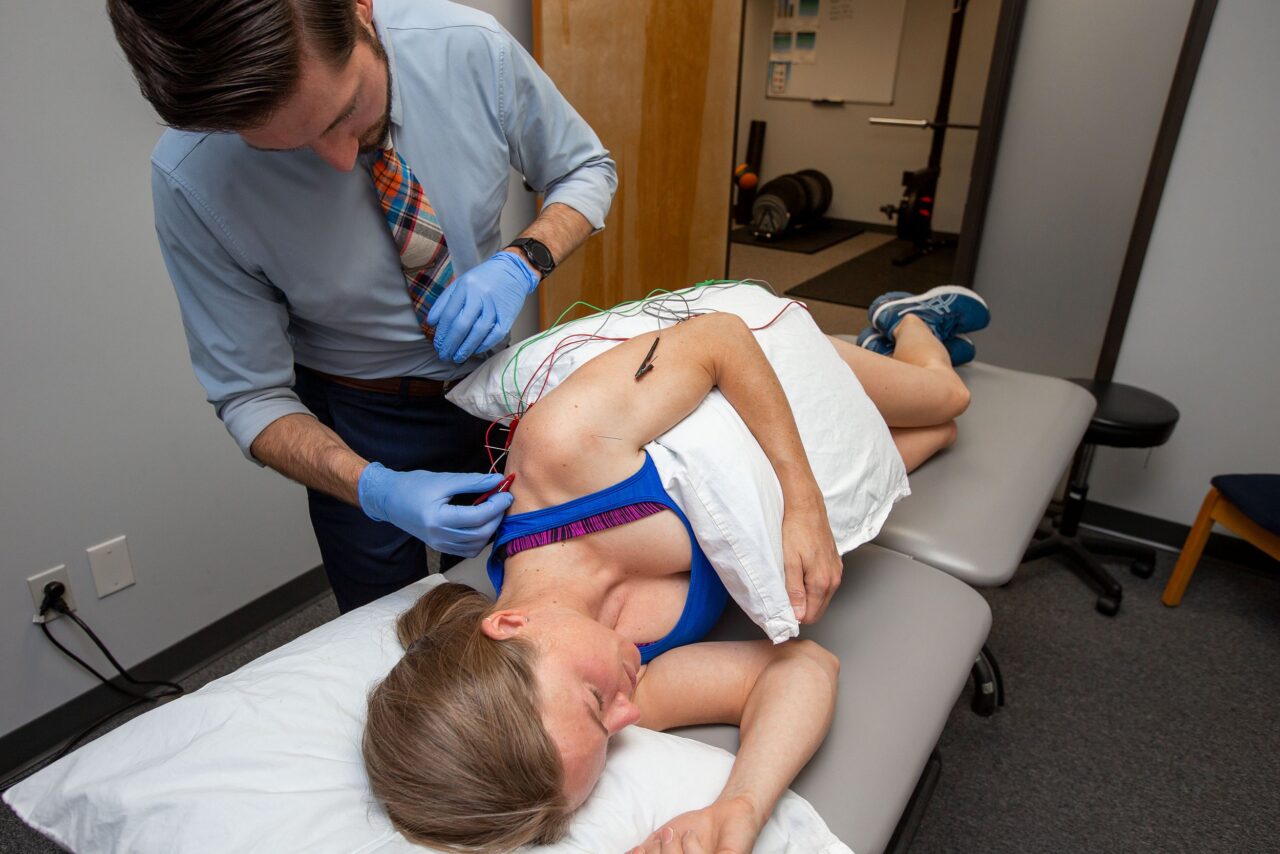When performing near your upper limit, multiple attempts on a single climb is crucial for optimizing sequence and to improve strength specific to that route. In climbing, recovery between individual attempts has a huge impact on climbing performance. The quality and effectiveness of your recovery are just as important as the climb itself. Let’s take a look at two articles that examine the best recovery type between climbs.
The first study by Valenzuela and colleagues compared two types of active recovery between individual climbs. After climbing a moderately difficult route, one group walked for 2 minutes and the other group performed easy climbing for 2 minutes before returning to the wall to climb again. This process was performed a total of three times. The results showed that the group that used easy climbing as their active rest had overall better climbing performance and decreased blood-lactate levels. These results indicate that using a full body (legs, shoulders, and forearms) active recovery is an effective way to recovery and improve your climbing performance between individual climbs.
The second study looked at four different recovery protocols. Heyman and colleagues had climbers perform at their maximal level twice with a 20 minute rest in between attempts. During the rest break participants used either: forearm cold water immersion, electromyostimulation TENS, riding an exercise bike, or simply sitting and resting. Results showed that cold water immersion and stationary bike riding were the superior means of recovery, leading to improved climbing performance on the second attempt compared to the other types of rest.
Take home message: Don’t just sit there when resting! An active recovery using the entire body is the best way to maintain climbing performance between attempts.

